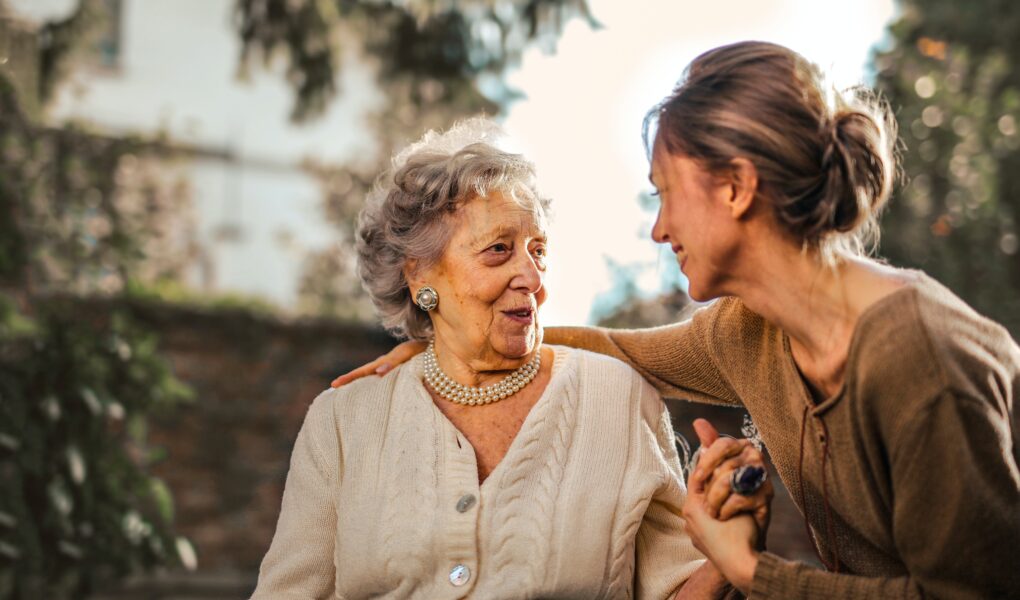How many ladies do you know who look after their own needs as well as those of their parents?
When your parents are elderly and require your assistance, you could offer them unofficial care such as:
- Urging them to take their prescription as prescribed.
- Tidying up their home.
- Assisting them with their morning clothing.
- Nourishing them.
- Escorting them to medical visits.
These adult offspring frequently work and look after their own children as well, apart from offering caregiver services.
Templeman observed, “It seems like they’re attempting to balance three distinct roles at once.”
Role played by women in offering services
Women make up 60% of caretakers nationwide. Women make up over 70% of those who provide care for those suffering from dementia.
According to Templeman, “a woman who is a caregiver typically fulfills that role on her own.” “She doesn’t have a support system in her corner.”
Because of this, women wind up having to spend a lot more time providing care for others throughout their entire lives.
Gender norms and the general belief that women should give care are the likely causes of this, according to Templeman.
Caregivers – Who are they?
The majority of elderly individuals who require long-term care—65%—only get help from friends and family. An additional thirty percent will need paid professionals’ support to augment family care. Whether an elderly person can stay at home depends on the care they receive from friends and relatives. In actuality, just 7% of elderly people with family caregivers are in institutional settings, compared to 50% of those with long-term care needs and no family accessible to provide for them in nursing facilities.
Women’s caregiving is vital to our intricate long-term care system because it forms the backbone of support. In actuality, women earn between $148 billion and $188 billion a year in unpaid caregiving. In addition to playing multiple roles as hands-on health providers, friends, care managers, companions, surrogate decision-makers, and advocates, women give the majority of informal care to spouses, parents, parents-in-law, friends, and neighbors. Check out Arieslaw.ca for more details.
Women and Caregiving
Between the years 2000 and 2010, there will be a 62% increase in the number of working women who are 55 years of age or older, from 6.4 million to 10.1 million. Caregiving may become more financially difficult for many women workers as the labor force grows, primarily because of lost income from fewer hours worked, time away from the job, early retirement, or family leave.
The effects of a previous leave of absence taken to care for a kid may be exacerbated by this period of time away from work for caregiving. Caregiving is also an expensive endeavor in and of itself. A family’s finances are greatly impacted by providing care, whether it’s for prescription drug costs, building a ramp for a care recipient who is confined to a wheelchair, or buying consumables.Family and informal caregivers have a complex duty to fulfill, thus in order to stay well, develop their caregiving abilities, and continue to provide care, they require a variety of support services. For freeze protection services, check out the link.
Infographic created by Family Love Care, Get Paid to Take Care of Disabled Family Member



